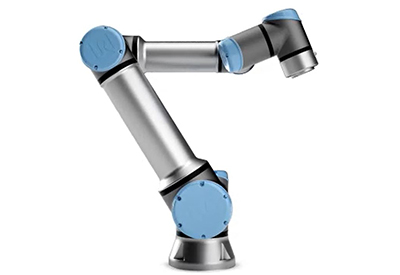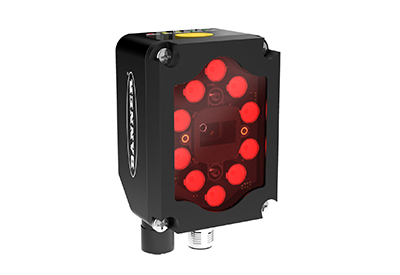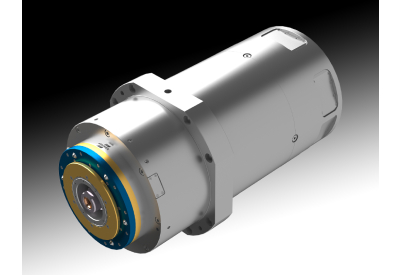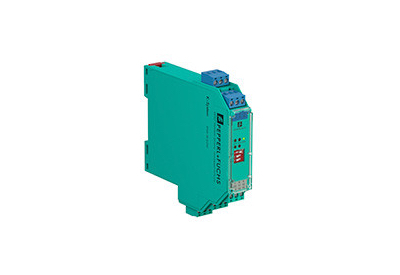Endress+Hauser Offers Simpler Way to Deliver Memosens Sensor Data from Hazardous Areas to PLC
March 7, 2024
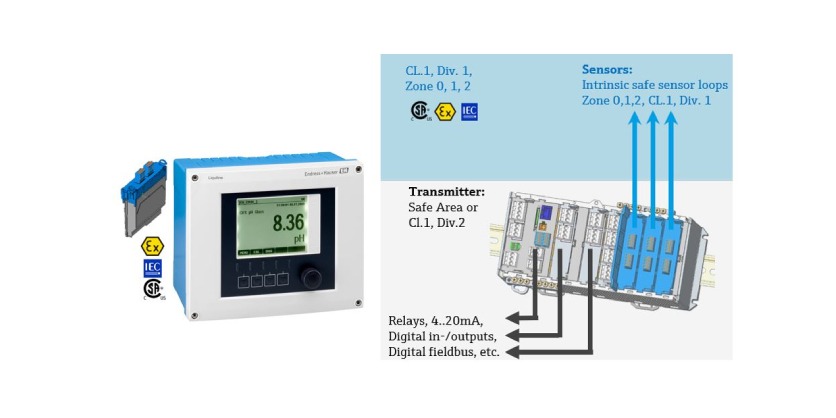
Thanks to Endress+Hauser’s 2DS-Ex-I intrinsically safe module, data from Memosens sensors in hazardous areas can be transmitted to a PLC via a Liquiline transmitter located in a safe area
With the launch of a new speciality transmitter module, Endress+Hauser is simplifying the connection of Memosens sensors located in designated hazardous areas of a facility to a PLC or other controller. The intrinsically-safe sensor input modules (2DS Ex-i) slot into a CM44x series Liquiline multichannel controller, which transmits the received sensor data onward to the PLC.
With the protection status accorded the 2DS Ex-i module, the CM44 can be located in a Safe Area (or Cl. 1 Div. 2) while supporting intrinsic safe loops with any sensor located in hazardous zones (Zone 0,1,2, Cl. 1. Div.1 inclusive) up to 100 metres away. In such arrangements, the loops don’t require conduits for the cabling or protective housing for the sensor because the 2DS Ex-i in the CM44x provides the necessary physical and electrical barrier, with all the necessary approvals. Such a layout simplifies installation and maintenance, for time and cost savings, and can even help optimize cable pathways.
Areas with hazardous designations are often interspersed within a facility, for example, inlets at wastewater treatment plants, mixing processes in the production of cosmetics, distillery applications in food and beverage plants, ballast water treatment on oil and gas vessels, and chromatographic and filtrations processes in life sciences.
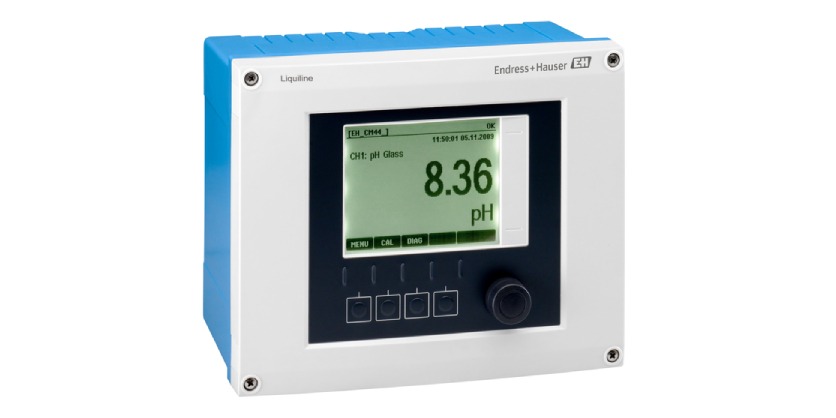
Each 2DS Ex-i module has interfaces to connect two digital sensor cable loops. Each CM44x, depending on the variant, can host 1-3 2DS modules. Thus, the CM448, with capacity for three modules, can host up to six connectable Ex-i-rated intrinsic safe loops. That includes all Memosens 1.0 and 2.0 sensors with inductive coupling technology, including pH, dissolved oxygen, conductivity and chlorine sensors. The sensor data received and transmitted by a CM44x includes measurement and process data, and if so equipped, the diagnostic and monitoring data of Endress+Hauser’s proprietary Heartbeat Technology.
The 2DS-Ex-i also is compatible with the Liquiline CM44P, a state-of-the-art transmitter that allows users to combine process photometers for measuring light properties with sensors for other parameters such as pH, ORP, conductivity, and dissolved oxygen. Up to two photometers and four Memosens sensors can be combined in monitoring processes such as chromatography, fermentation, phase separation and filtration.
About Endress+Hauser
Endress+Hauser is a global leader in measurement instrumentation, services and solutions for industrial process engineering. Our products – sensors, instruments, systems and services for level, flow, pressure and temperature measurement as well as analytics and data acquisition – set standards in quality and technology. The company further supports its customers with automation engineering, logistics and IT services and solutions.
Founded in 1953 by Georg H Endress and Ludwig Hauser, the Endress+Hauser Group has been solely owned by the Endress family since 1975. Today, the Group is managed and coordinated by a holding company based in Reinach, Switzerland, employing over 15,800 personnel across the globe. In 2022, the Group generated net sales of C$5 billion. Endress+Hauser’s production centres in 12 countries meet customers’ needs and requirements quickly and effectively, while its dedicated sales centres and strong partner network guarantee competent worldwide support.
Related Product
Endress+Hauser’s New Wireless Solutions Unlocks Full Potential of HART Instruments
Endress+Hauser has launched next generation wireless communications technology for HART field devices, providing the most flexible and cost-effective means yet for users to access full, extended HART process and diagnostic data, even remotely. This easy-to-install technology – the SWA50 FieldPort adapter and SWG50 FieldGate gateway – offers many flexible networking possibilities, both simple and elaborate, for plants constrained by 4-20 mA analog communications to access that HART data. Operators can even link their HART field devices wirelessly to a distributed control system (DCS) or the cloud as a form of cost-effective no fuss, plant digitalization strategy.

